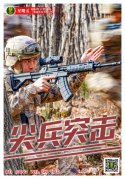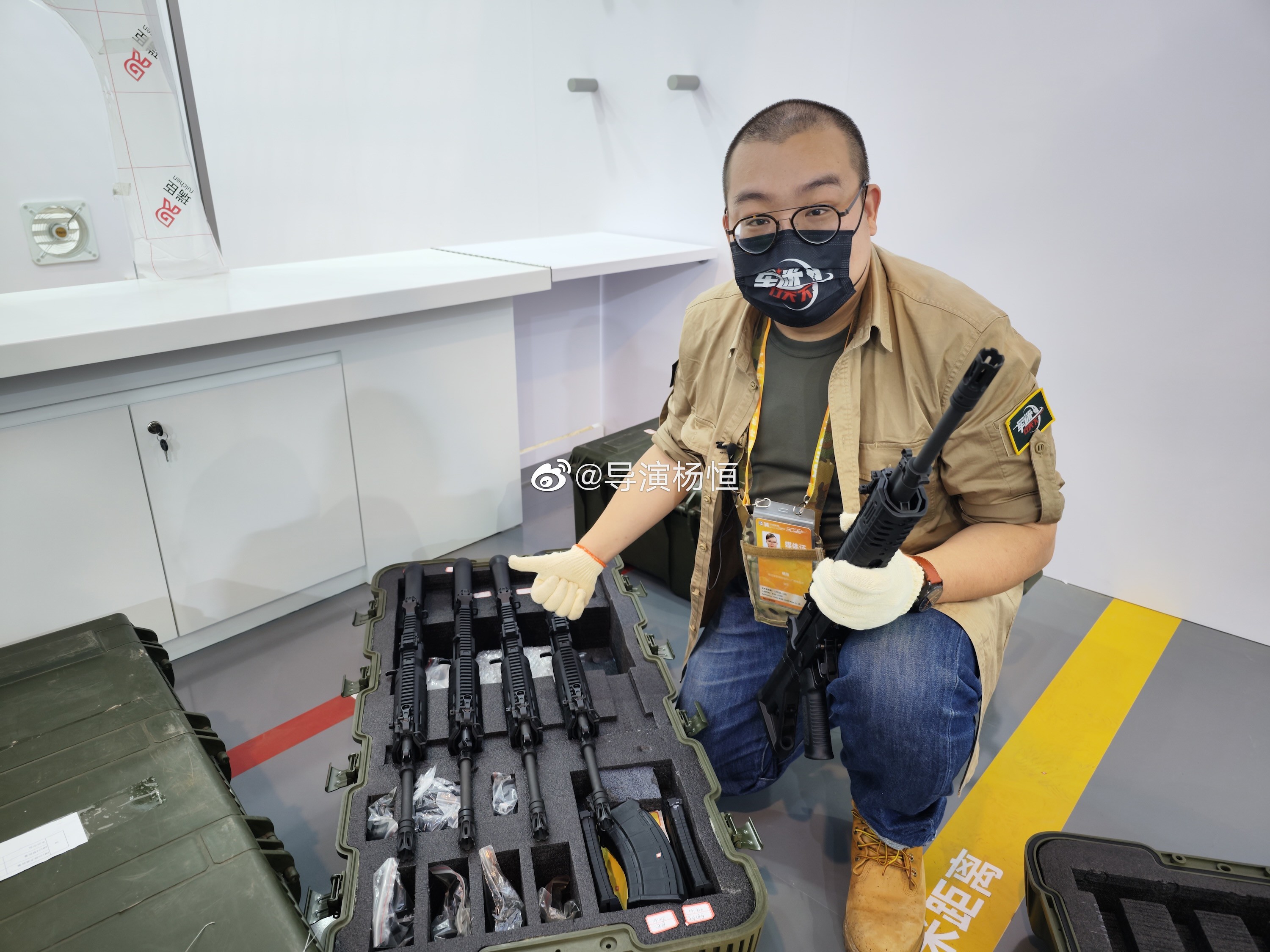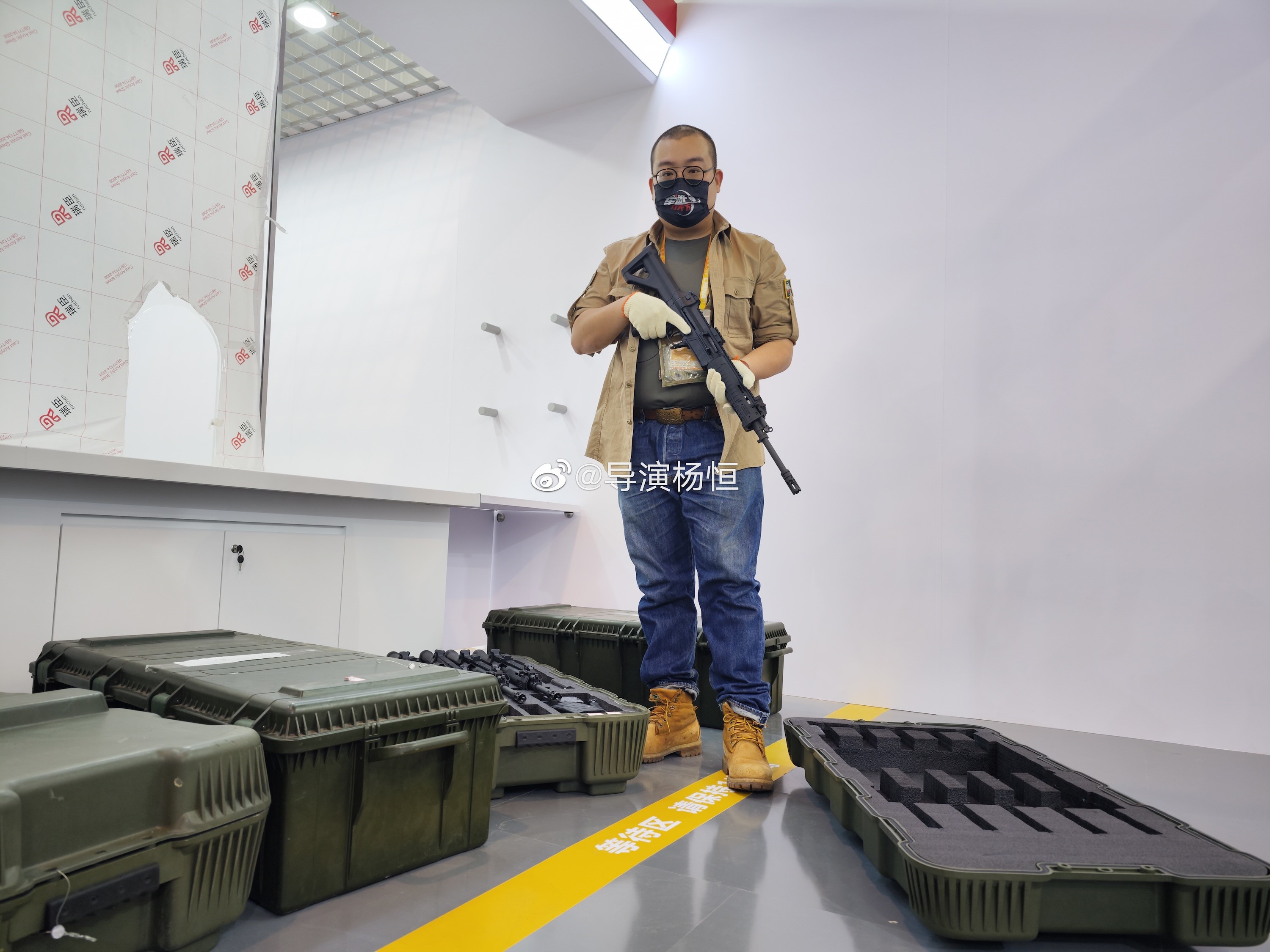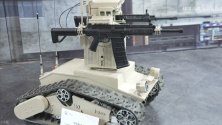I would expect from an engineering point of view, you would use a specific LiPo battery. But knowing the US military, it probably uses some sort of AA style expendable battery because those types are already in logistics and most importantly tried and true.The one thing that kept bugging me in my mind is: battery. It's probably got a microprocessor inside, so the battery life is probably not in the category of "put it in and forget about it". If there is one thing Generation Kill showed us, it was how logistics can hamper an operation. In the beginning, the marines kept asking for laser aiming module batteries without any real success. IIRC it was only resolved when the reporter showed up and they used his civilian status to buy stuff from post exchange without limit.
So, this brings us back to the scope. Anyone knows what kind of battery does it take? AA? AAA? Those weird CR123 thing one can never really find in a grocery store? Does the scope share battery with any laser aiming module or night vision device currently in inventory?
I have a gut feeling that if that ever happens, "QBZ-191 and any variations thereof" along with "QBZ-95 and any variations thereof" will be prohibited by name in the near future by our genius of a prime minister. Why? Gun banning seems to be a vote winner and a wedge issue, also, CHYNA.
It's so frustrating how hard my company has tried selling the US military advanced battery technology for it to be rejected in favor of 30 yo technology because of some politician who has some interest in the project (Dick Cheney) and unwillingness to experiment with new technology in this field.





